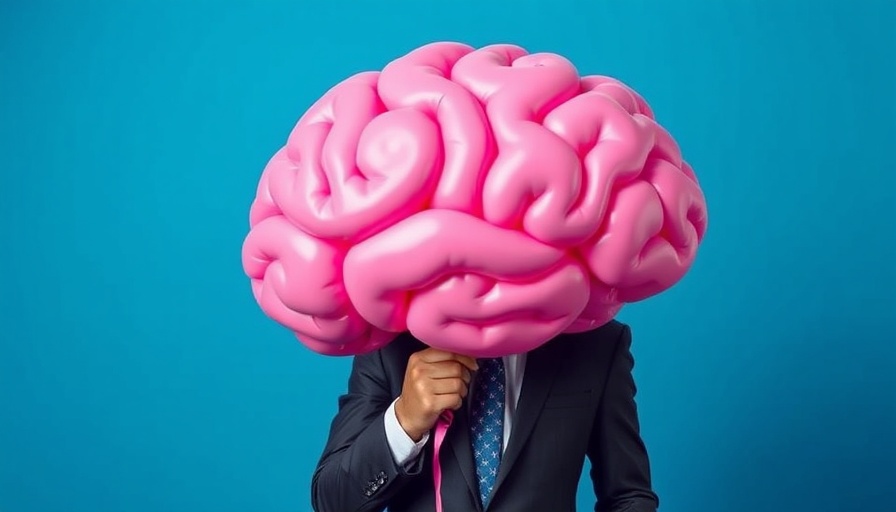
How Databricks is Revolutionizing AI Model Improvement
Databricks, a leader in helping businesses create custom artificial intelligence models, has unveiled a groundbreaking technique designed to boost the intelligence of AI models without the requirement for perfectly cleaned data. This innovation, which is making waves particularly among entrepreneurs and business owners, addresses a common pain point: the inadequacy of pristine datasets for effective AI training.
The Dirty Data Dilemma
As Jonathan Frankle, Databricks' chief AI scientist, explains, many organizations have access to some data, yet they struggle with data quality. The reality is stark: "Nobody shows up with nice, clean fine-tuning data that you can stick into a prompt or an API for a model." This dirty data issue often stifles the potential of AI technologies, hindering companies from fully realizing their capabilities.
Bridging the Gap with Synthetic Data
The new method developed by Databricks seeks to alleviate these challenges by harnessing synthetic data and reinforcement learning. While companies including OpenAI and Google have already employed synthetic training data, Databricks is pushing the boundaries by introducing an innovative approach called Test-time Adaptive Optimization (TAO).
What is Test-time Adaptive Optimization?
TAO allows AI models to learn and improve their performance through a feedback loop that utilizes a "best-of-N" strategy. In this approach, a weaker model can generate multiple outputs for testing, allowing researchers to identify which results are preferred by human testers. This iterative process effectively means that even lesser models can gradually achieve higher proficiency as they refine their outputs based on user feedback.
The Role of Best-of-N Technique
This method is not only a technical feat but also a game changer for the entrepreneurial space. By effectively creating synthetic training data derived from user preferences, businesses can now circumvent the traditional need for clean datasets. This allows smaller companies, often equipped with limited resources, to leverage robust AI tools without facing the insurmountable challenges presented by subpar data.
Future Trends in AI and Business
As AI technology rapidly evolves, the implications for small business owners and entrepreneurs are profound. With tools like TAO, businesses can implement AI with greater ease, potentially revolutionizing how they achieve automation, enhance customer service, and innovate products. The ability to refine AI outputs independently can spur a wave of creative AI business ideas for 2025 and beyond.
Why This Matters
Understanding these advancements is crucial for entrepreneurs eager to stay ahead of the competition. As AI tools become more accessible, insights into utilizing them effectively can position businesses favorably in an ever-changing marketplace. Knowing how to integrate increasingly sophisticated AI systems can mean the difference between stagnation and thriving growth.
Conclusion
Databricks' innovative method paves the way for businesses of all sizes to harness the power of AI, despite the challenges of flawed datasets. As technology continues to advance, prioritizing knowledge about AI innovations will be pivotal for anyone looking to integrate these solutions into their business models. For entrepreneurs, this is not just a trend; it is a new frontier of opportunity waiting to be explored.
 Add Row
Add Row  Add
Add 




 Add Row
Add Row  Add
Add 

Write A Comment